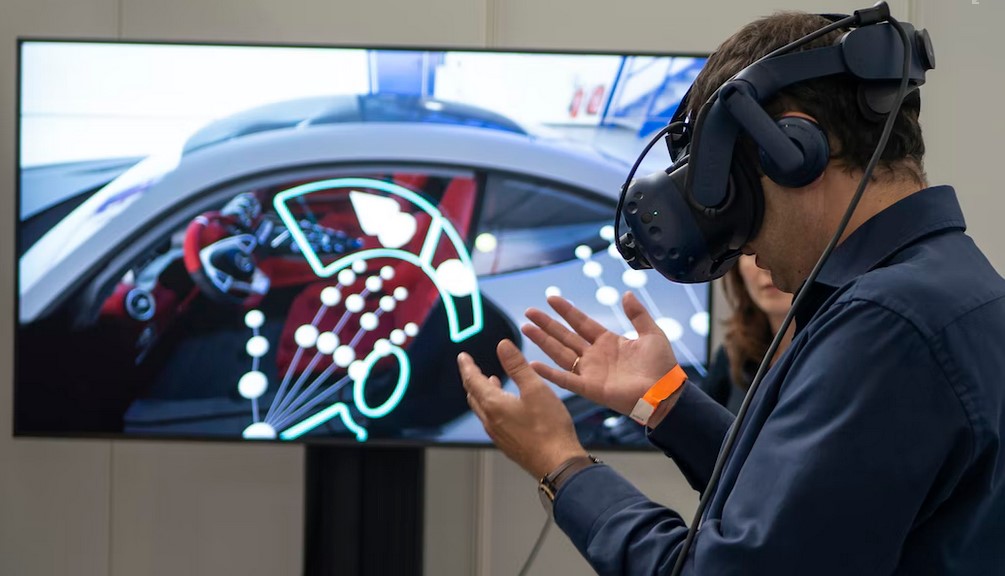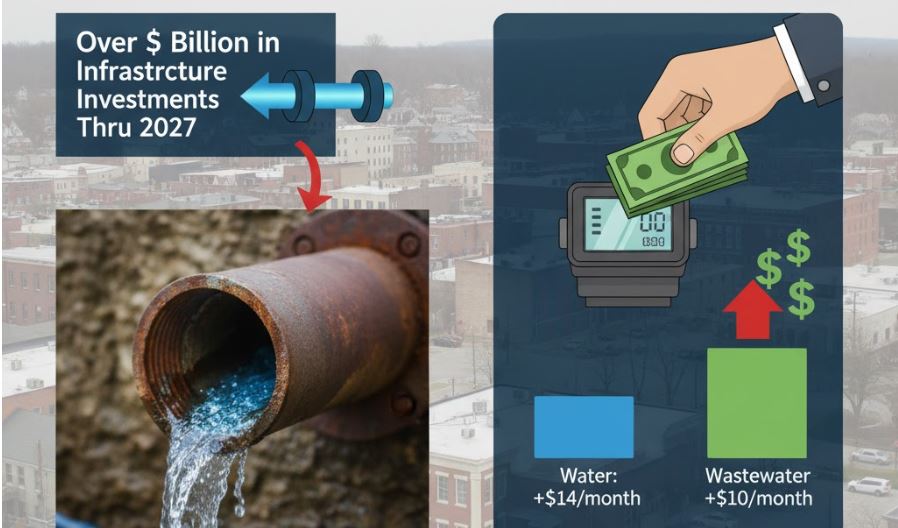PHILADELPHIA - A new paradigm for learning is taking shape. The metaverse could be an immersive and real-time 3D global online space. To make it a reality, however, we must develop new ways to connect the real world with virtual experiences. The questions that are being asked include:
Virtual reality
Technology is in the early stages of development, but it has the potential to significantly improve the way we learn and teach. It creates a more immersive environment, allows us to use our imaginations more freely, and even allows us to build structures that would be impossible to construct in reality. Virtual reality classrooms can be a great way to foster creativity and teamwork and provide a safe and inclusive space for students with disabilities.
Immersive learning benefits all age groups and educational levels and can be highly beneficial for bridging the gap between theory and practice. In addition, it can be used to create an environment that is stimulating for the learner, eliminating any chance of boredom during learning interventions. In addition, the metaverse has the potential to merge the physical and virtual worlds, and it will make learning in both realms easier and more fun.
Extended reality
Learning in the Metaverse is a new technology that allows people to transcend their physical surroundings. This technology offers boundless opportunities for skill development and engagement with content. It can be an excellent tool to help educators improve student engagement. For educators, it is a good way to get ahead of the curve and provide an exciting, new learning experience.
The Metaverse allows teachers to create immersive learning experiences. In addition, it allows teachers to collect a trove of untapped data from learners. The data gathered from this immersive virtual space will help teachers track and measure progress and identify gaps in the curriculum.
Social collaboration
Social collaboration in the metaverse may be the future of work, and companies are already investing in it. Facebook, Google, Microsoft, and Cisco have all invested in the technology. Facebook's Mark Zuckerberg and Bill Gates have said that the metaverse could replace virtual collaboration in a few years. They also predict it will be a standard tool many teams use in the next five to ten years.
Collaboration in the metaverse is a useful and efficient way to share ideas and information. This method of collaboration is more convenient and faster than most traditional methods.
Safety
To ensure the safety of users in the Metaverse, it is important to develop and implement a robust system of safety controls. As technology develops, this system will have to deal with new challenges. For example, new technologies may increase the risks of misinformation, bullying, hate speech, and theft. These hazards pose a risk to users' mental, emotional, and financial safety. Organizations must adapt their existing T&S policies to account for these risks to protect users from these risks.
Safety in the Metaverse is one of the biggest challenges for technology companies, and it is essential to develop a plan for addressing the risks. While the Metaverse is still evolving, a recent Constellation research report projected that it will be worth $21.7 trillion by 2030. To be successful, companies must balance this new economic opportunity with the responsibility that comes with it. This means incorporating best practices in trust and safety into their overall strategy.











